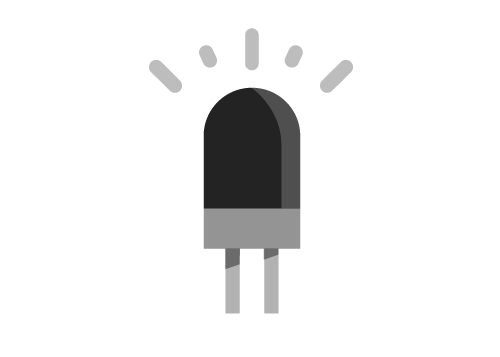Thoughts behind
The MethodKit concept
Use the kits to understand each other, map different types of projects and come up with new ideas.
The card design
Each card helps you think about the topic from a new angle.
Icon, headline and description; strong visual language, bright colors. They are deliberately simple, to not distract you from what’s really important – your ideas.
One of the cards from MethodKit for Professional Development. Hoover the card to flip it!

A flexible tool
MethodKit is made to be flexible. Use it to brainstorm ideas, plan projects, align teams, map insights or prioritize what to focus on. It can adapt to your needs.

The parts
MethodKit is built on cards, but behind each kit is something deeper. We’ve captured how professionals think and talk about their field, and turned it into a language anyone can understand and use. That shared language is key when working together. Most kits include around 60 cards, and when used as a set, they give you a clear overview of the topic at hand.

The thinking behind
We started MethodKit because something was missing: smart analogue tools for modern work. In a world obsessed with apps, we saw that digital devices often distracted more than they helped, especially in meetings and workshops.
The kits are built to support real conversations. They’re intentionally simple, physical, and visual. Each card is designed to trigger questions, not give answers. You bring the content, the cards help you structure, challenge, and build on it.

The kits are shaped by principles from education and real-world facilitation. It’s about finding that sweet spot between structure and creativity, between overview and detail. Want to explore the full philosophy? Head over to the Thoughts Behind page.

Six common ways to use the cards
There are plenty more, but these are the most common.
Discuss
Great for giving open discussions a little structure. Spread the cards on the table to use as conversation starters.

Map
Great for working with sub-themes and topics. Decide on your different cluster themes and group the cards around them.

Sort
Great for when you are short on time or have clearly defined goals. Sort the cards into different piles depending on your criteria and goals.

Brainstorm
Great for rapid ideation and brainstorming. Use the cards as catalysts for new ideas and solutions. What if .CARD. was the answer?

Prioritize
Great for finding out what is really important or what you should do next. Rank the cards from highest to lowest priority.

Develop ideas
Great for finding ideas of unusual promise. Generate ideas by mixing and mashing cards with existing ideas, other cards or even other kits!


Verified overviews
Each kit is made with and verified by experts and normally takes 8-12 months to develop. It captures how professionals think and talk about their field, in a way we all can understand and use. The shared language is essential when working together, so why not get a clear overview before you begin?

The way the kits support you

Get new ideas
Spark your creativity by combining building blocks and discussing new possibilities.

Work with a shared language
Collaborate and co-create with your peers, lets you align mutual thoughts and ideas.

Get structure
Shape your meetings and workshops that otherwise may drift or be ineffective.

Start with ready-to-use topics
Start the work right away with prepared subjects and categories.

Since 2012, we have built a library of 50+ kits.
We make a broad range of tools to spark meaningful conversation,
from professional development and small projects to building companies and co-planning cities.

33 kits for planning and mapping
By using these kits you can create an overview where you can understand, assess and elaborate with different topics.

